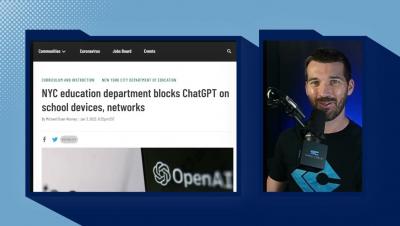The Impact of Cyber Attacks on Small Businesses and How to Protect Yourself
Your business is at high risk if you have no security measures. A cyber-attack can cause devastating financial damage to your business, including legal liabilities. Cyber-attacks can result in lasting adverse repercussions on the reputation, as clients and customers can lose faith in your business if their personal data gets leaked. It can affect productivity, but you can mitigate the impact of attacks by deploying protective gear and training systems for your business and employees.











